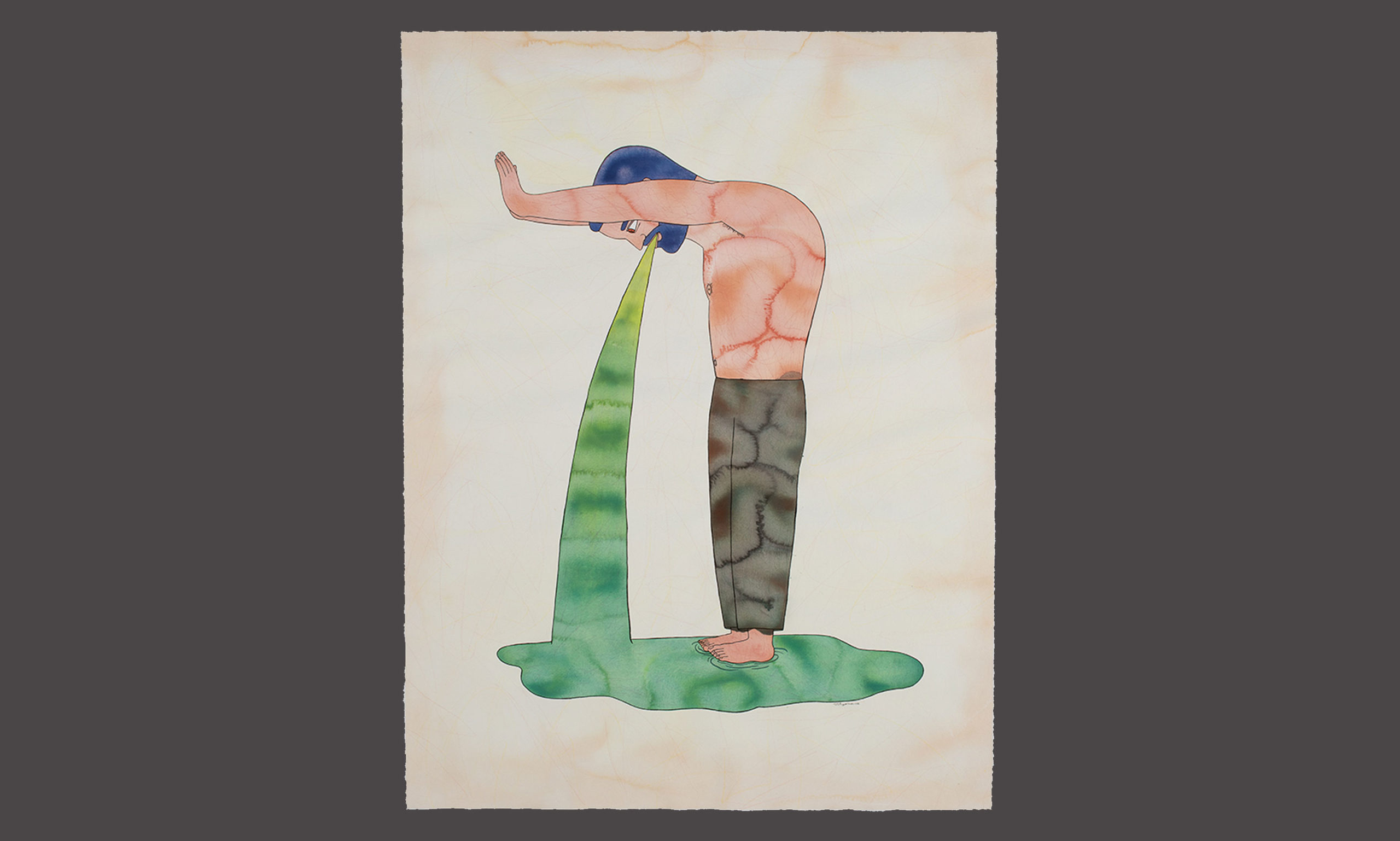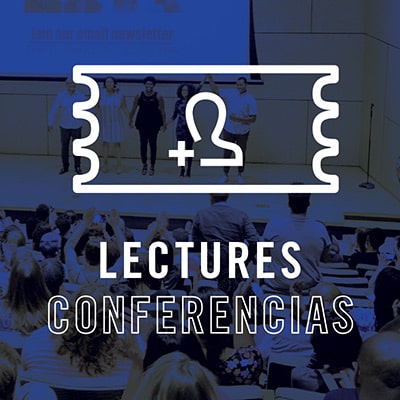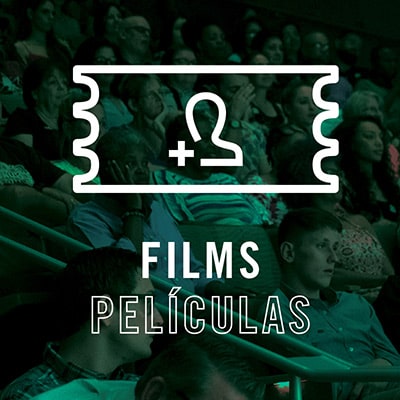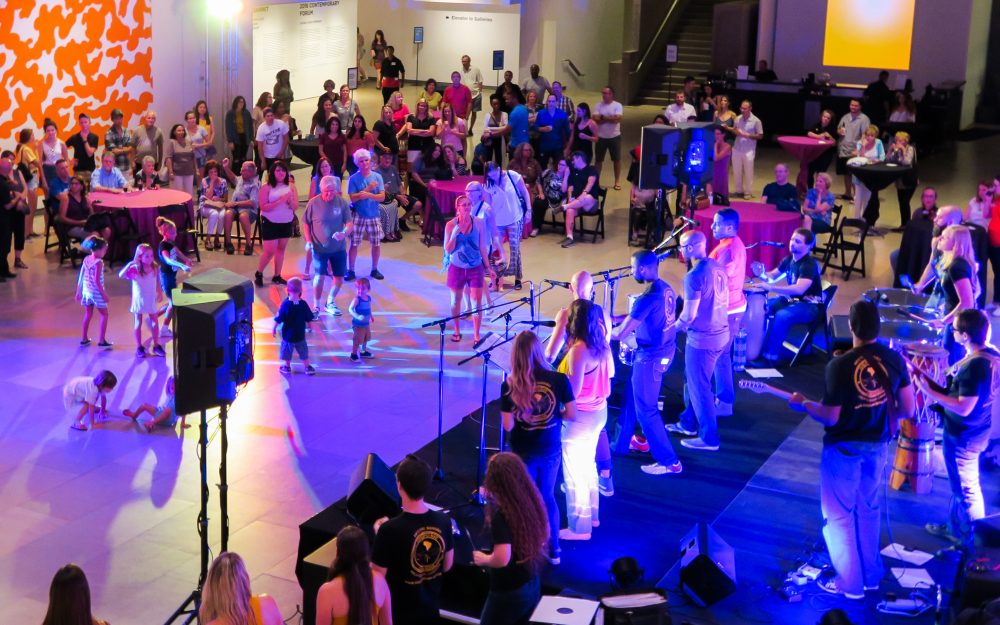Lo que es, es lo que ha sido/ What It Is, Is What Has Been: Selections from the ASU Art Museum’s Cuban Art Collection is organized by Phoenix Art Museum and ASU Art Museum and curated by Olga Viso, curator-at-large at PhxArt and senior advisor at Arizona State University’s Herberger Institute for Design and the Arts, and Julio César Morales, executive director and co-chief curator of MoCA Tucson. The exhibition is made possible through the generosity of the Museum’s Circles of Support and Museum Members.

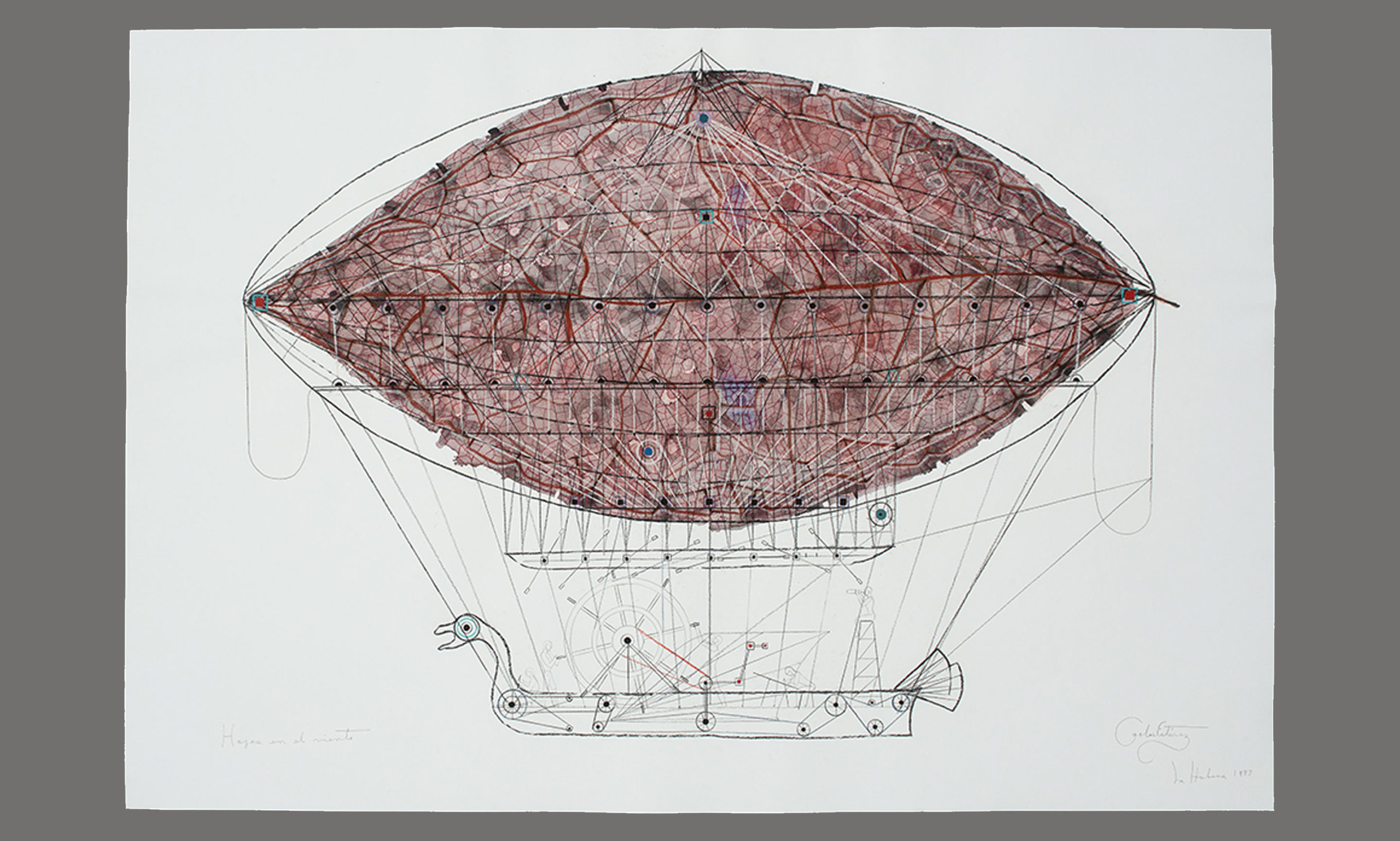
![Sandra Ramos, From the Series Migrations II [Swimming under the Stars], 1994. Oil on suitcase. Collection of ASU Art Museum. Gift of the ASU Art Museum Advisory Board 100% +Cuban Campaign. Photography by Craig Smith.](https://phxart.org/wp-content/uploads/2023/02/RAMOS_Suitcase_DSC_0565-scaled.jpg)
